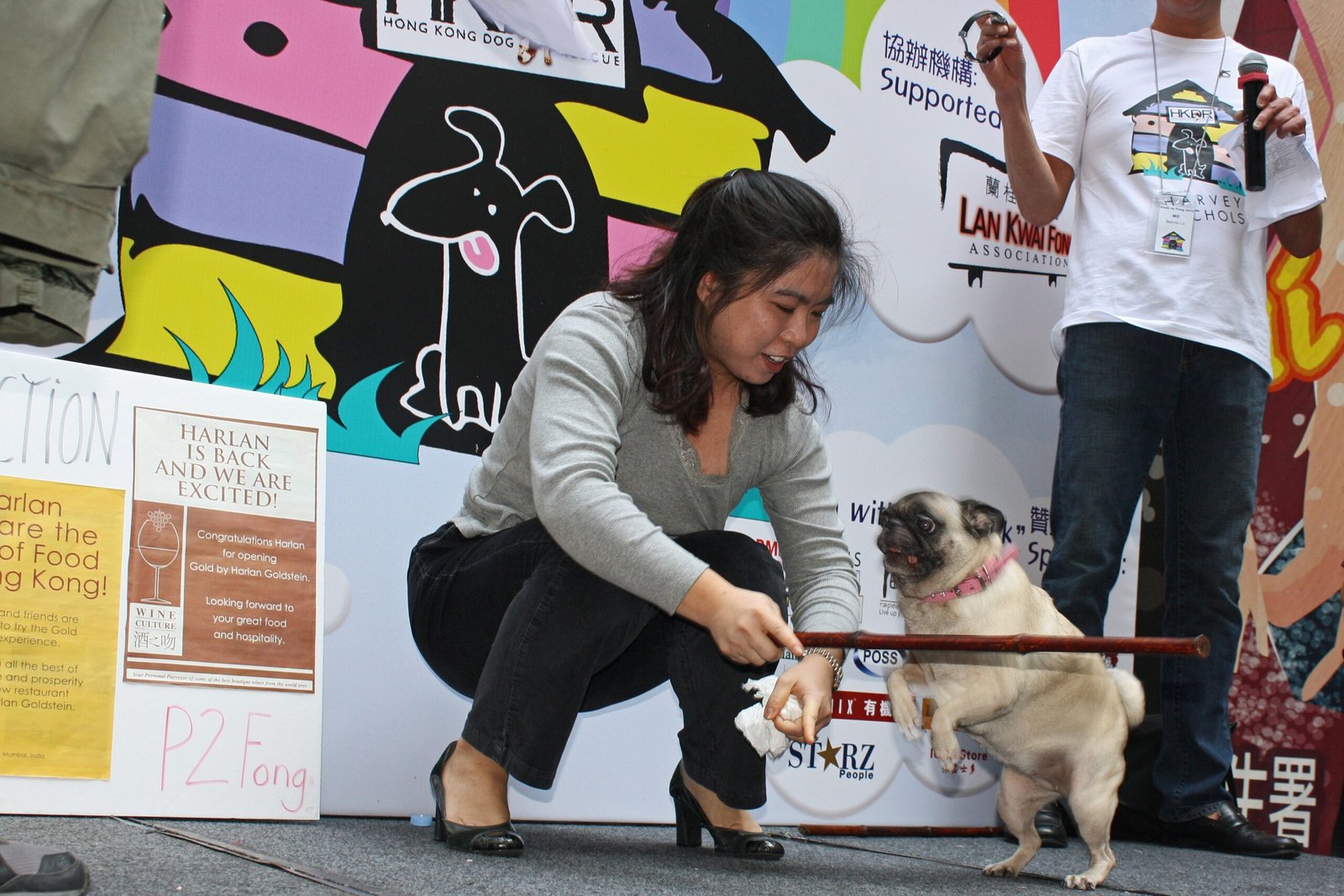Pugs are little bundles of joy who love nothing more than spending quality time with their favorite humans! Playful acts like gentle games, short walks, and even a fun game of tug-of-war can really deepen your bond and make your pug feel like part of the family. But it’s also important to know that certain things—like rough handling or overwhelming environments—can stress them out without you even realizing it. Building a strong, happy connection with your pug is all about fun, patience, and understanding what truly makes them wag their adorable curly tails!
Morning Cuddle Sessions
There’s something magical about starting your day with your pug snuggled beside you. These calm, quiet moments set a loving tone for the day ahead. Pugs are naturally affectionate and adore close contact, feeling safe and secure when they’re near their humans. Just a few extra minutes spent cuddling each morning can help build trust and reassure your pug that they are loved. For many owners, this ritual becomes a highlight, helping both you and your pug face the day with a smile. Morning cuddles can also reduce anxiety, especially if your pug tends to get nervous when you leave for work. It’s a simple act, but one that creates an unbreakable bond.
Interactive Playtime with Toys
Playtime isn’t just about burning energy; it’s about communicating in your pug’s language. Toys like squeaky plushies or tug ropes turn you into your pug’s favorite playmate. When you take time to engage in these playful battles or games of fetch, your pug learns that you’re attentive and fun. Rotate toys to keep things fresh and exciting. Pay attention to what kind of play your pug prefers: some love to chase, while others like to tug or pounce. By participating, you’re showing your pug that their joy matters to you, deepening your connection and building happy memories.
Gentle Walks and Outdoor Adventures
Pugs may not be marathon runners, but they love exploring the world alongside you. Gentle walks around the neighborhood or in a nearby park give your pug a chance to sniff, explore, and experience new sights and sounds. These outings are special bonding moments, filled with shared discoveries and opportunities for positive reinforcement. Keep walks at a relaxed pace, allowing plenty of time for sniff breaks. Avoid overexertion, especially in hot weather, since pugs can struggle with breathing. Outdoor adventures, even if short, show your pug that you value their natural curiosity and well-being.
Learning New Tricks Together
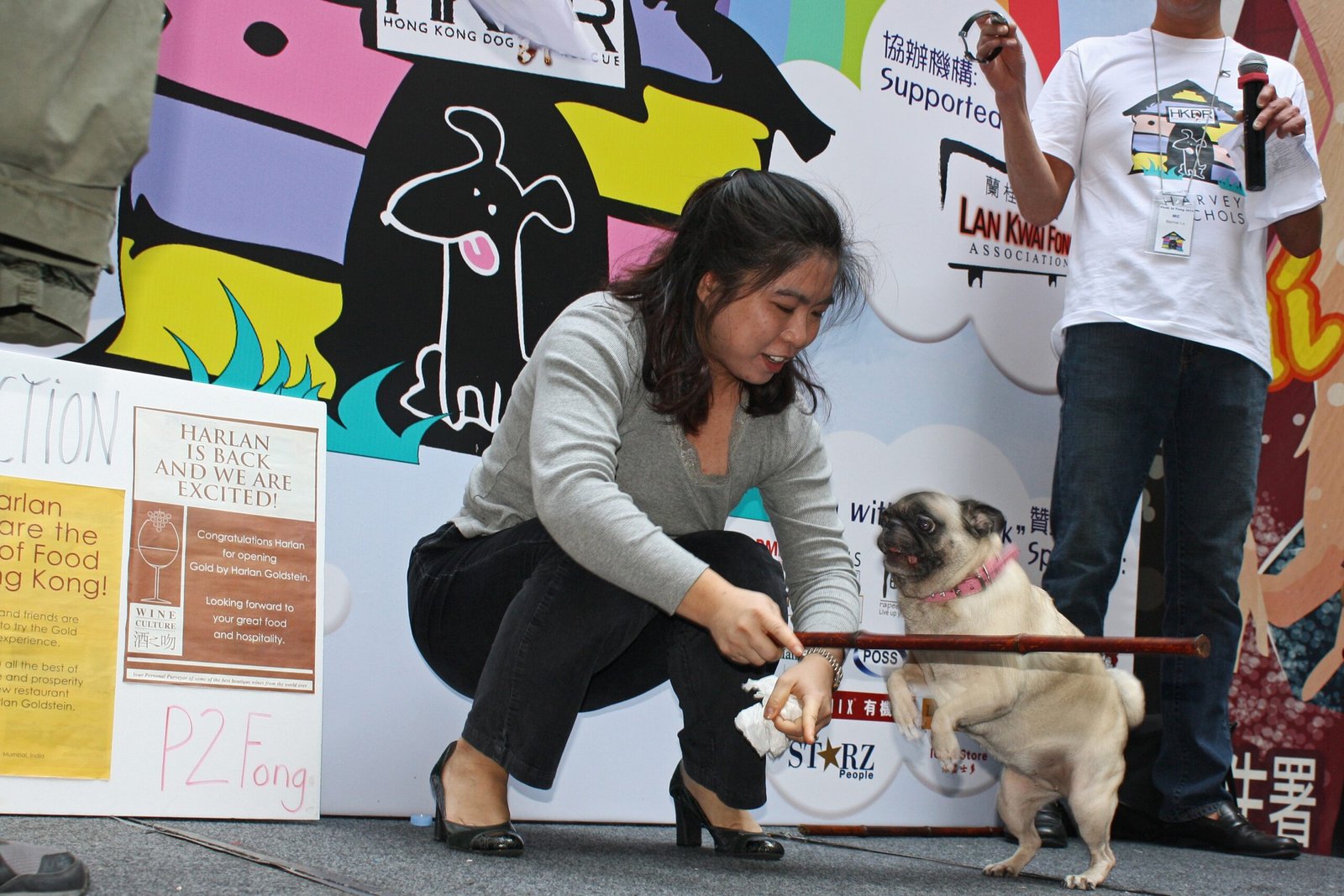
Teaching your pug new tricks is surprisingly rewarding for both of you. Not only does it stimulate your pug’s mind, but it also strengthens your bond through teamwork. Start with simple commands like “sit” or “paw,” and celebrate every small victory with praise and treats. Patience and consistency are key—pugs are smart but stubborn! Training sessions should be short and positive, always ending on a high note. As your pug learns, you’ll notice their confidence growing, and the shared sense of achievement creates a lasting connection. Plus, a few impressive tricks are always fun to show off!
Massage and Relaxation Time
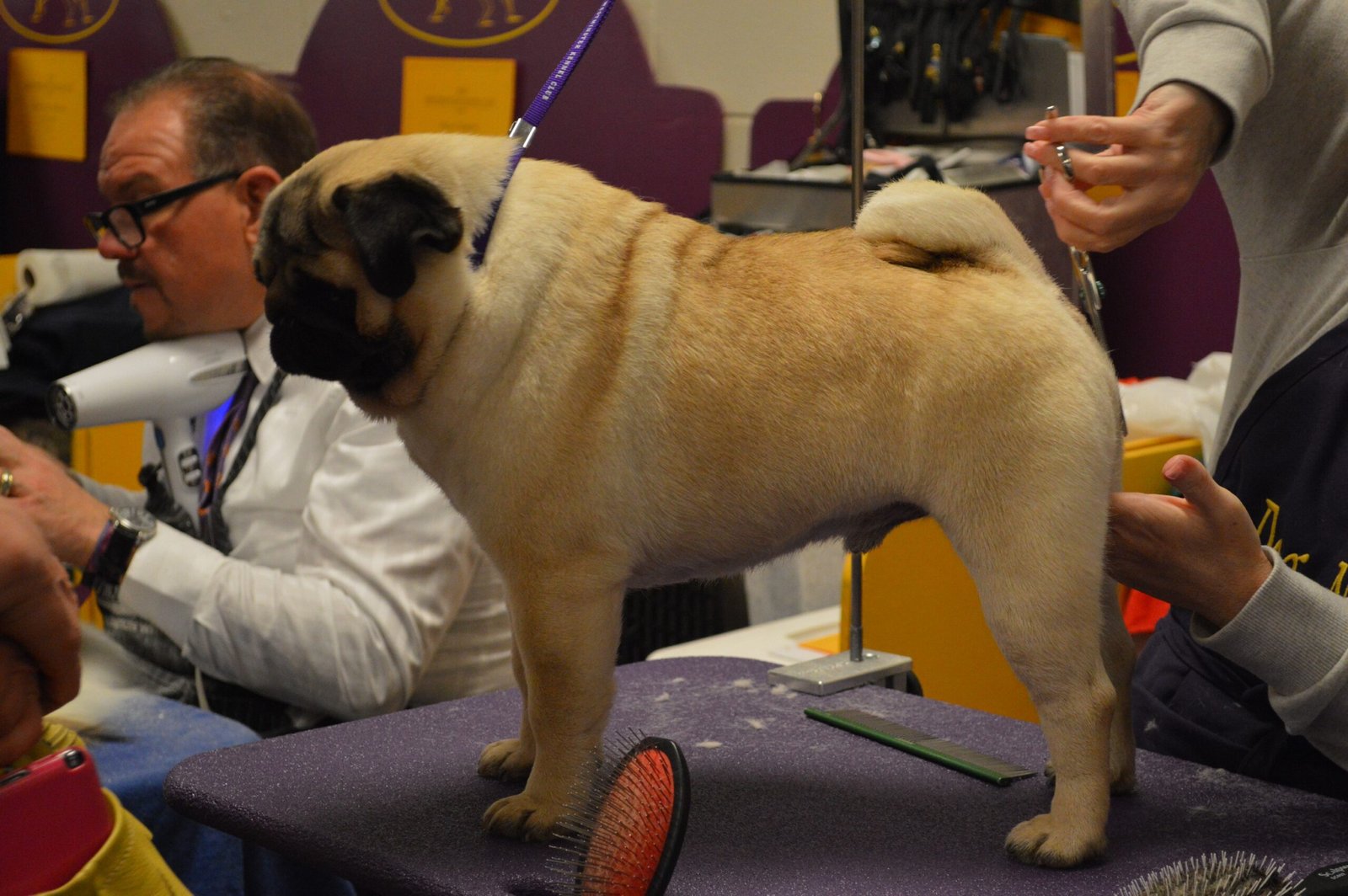
Who doesn’t love a good massage? Pugs certainly do! Gentle massages not only relax your pug but also help you check for any lumps, bumps, or skin issues. Use soft, slow strokes along their back and shoulders, paying attention to their reactions. You’ll soon learn which areas your pug likes best. Massage sessions deepen your trust and help your pug associate your touch with comfort and care. This act is especially helpful for older pugs or those with joint discomfort. Creating a peaceful environment, perhaps with soft music, can turn this into a cherished ritual.
Personalized Playdates
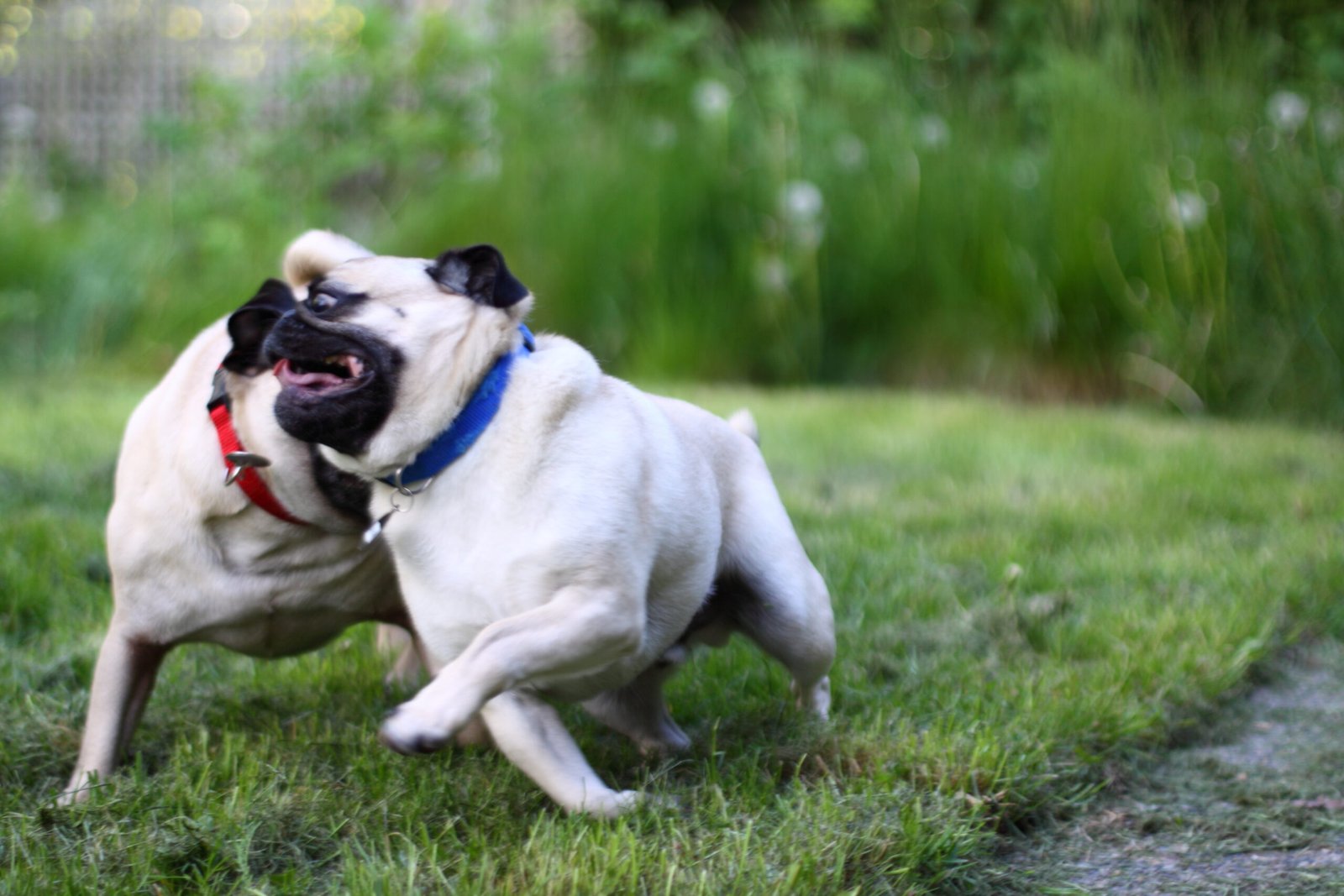
Socialization is important, but not all pugs enjoy crowded dog parks. Organizing small, personalized playdates with familiar dogs allows your pug to interact in a safe, controlled environment. Watch their body language to ensure everyone is having fun. These experiences teach your pug valuable social skills while strengthening your bond as you guide and protect them. Playdates can also be a great way for you to connect with other pug lovers, sharing tips and stories. Just remember, quality matters more than quantity—one good friend can be better than a dozen strangers.
Pug-Approved Hide and Seek
A simple game of hide and seek can bring out your pug’s playful instincts. Hide behind a door or under a blanket, then call your pug and wait for them to find you. This game taps into their natural curiosity and desire to be close to you. It also challenges their mind and sharpens their problem-solving skills. When your pug finds you, shower them with praise and a treat. Hide and seek is a fantastic way to keep your pug engaged indoors, especially on rainy days, and it turns you into the best part of their adventure.
Cooking Healthy Treats Together
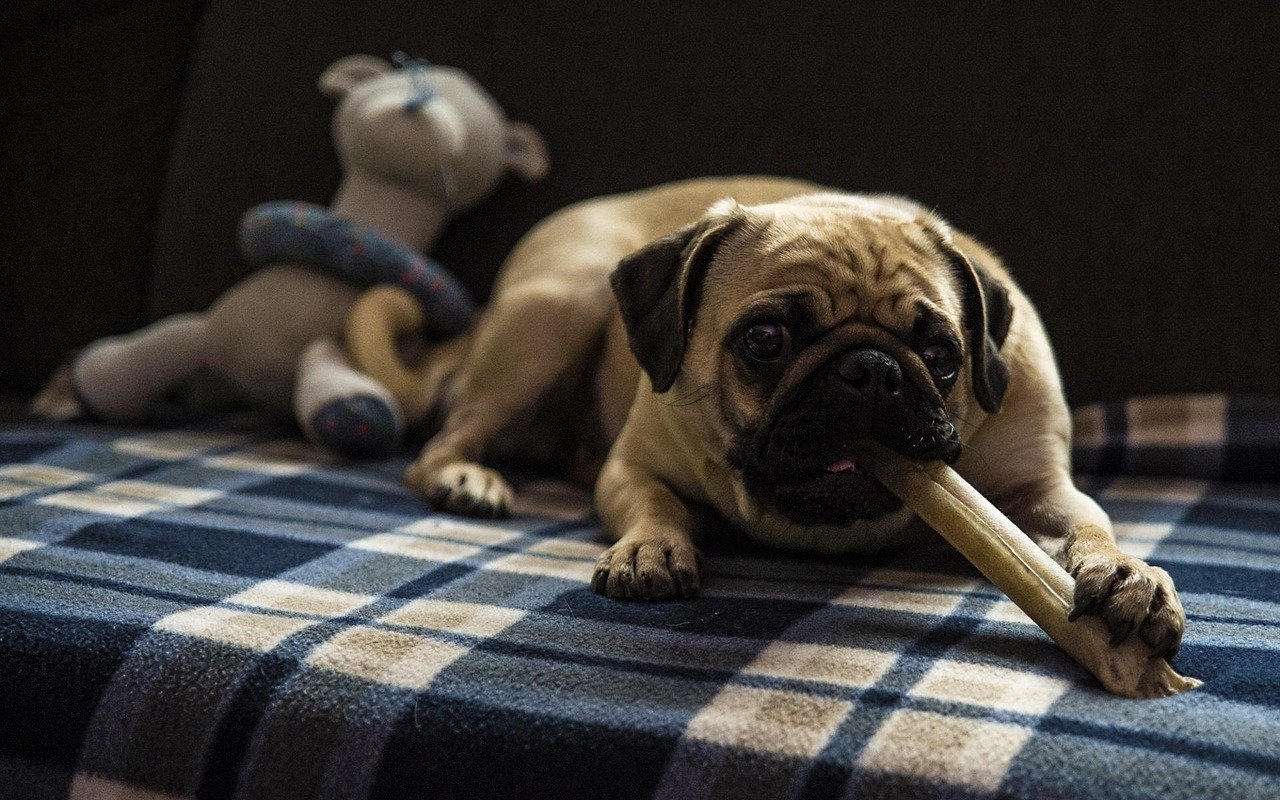
Baking homemade treats for your pug can be a delightful activity for both of you. Simple recipes with dog-friendly ingredients like pumpkin, peanut butter, and oats are easy to make. As you mix and bake, your pug will watch closely, eagerly anticipating the finished product. Letting them sample a small bite (after it cools) shows your pug that you care about their happiness and health. Homemade treats are also a great way to avoid unnecessary additives found in some store-bought snacks. This shared experience adds extra meaning to treat time and lets you express love through creativity.
Creating a Pug Paradise at Home
Transforming a corner of your home into a pug paradise shows your commitment to their happiness. Set up a cozy bed, a selection of favorite toys, and maybe even a window seat for people-watching. This dedicated space gives your pug a sense of belonging and security. Rearranging toys or occasionally adding new ones keeps things interesting. Your pug will appreciate having a special spot that’s all their own, and it becomes a place where you can join them for cuddles or play. Personalizing their environment is a clear sign of love and attention.
Building a Consistent Routine
Pugs, like many dogs, thrive on routine. Feeding, walking, and playtime should happen around the same time each day. This predictability reduces anxiety and helps your pug understand what to expect. A consistent routine shows your pug that you’re reliable and attentive to their needs. It also makes training and housebreaking much easier. Over time, your pug will look forward to these shared moments, knowing they can count on you. Routines don’t have to be rigid, but a basic structure brings comfort and stability to your pug’s day.
Celebrating Small Victories
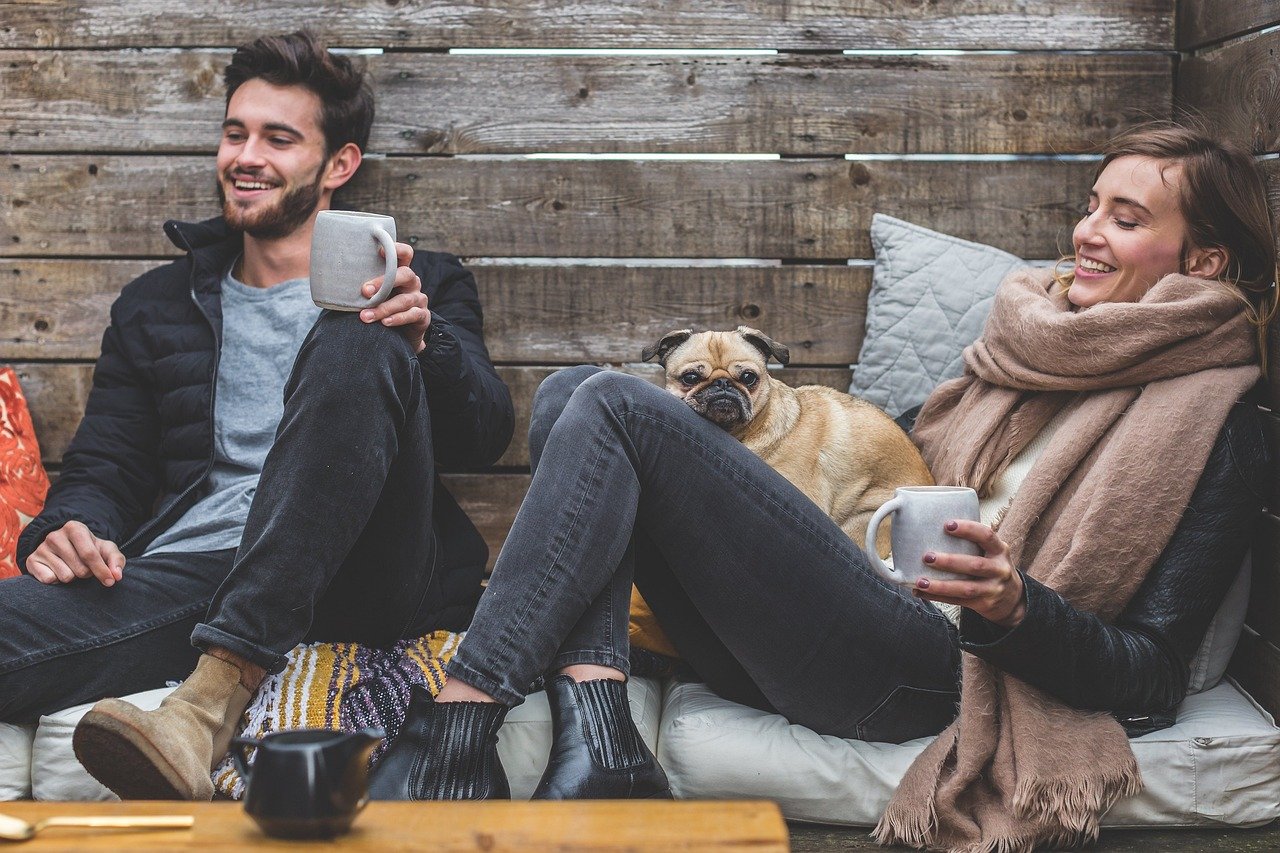
Every “good boy” or “good girl” goes a long way with a pug. Celebrate small victories, whether it’s learning a new trick, behaving during a walk, or simply being extra cute. Positive reinforcement builds your pug’s confidence and teaches them that good behavior brings joy. Use treats, toys, or extra cuddles as rewards. These celebrations remind your pug that you notice and appreciate their efforts. Over time, this positive energy strengthens your bond and makes your pug eager to please you. Remember, what seems small to you can be a big deal to your furry friend.
Photo Shoots and Dress-Up Fun
Capturing memories with your pug through photo shoots or dress-up sessions can be hilarious and heartwarming. Most pugs enjoy the attention, especially if you keep things light and reward them with treats. Use simple costumes or fun props, and make sure your pug is comfortable at all times. Share the photos with family and friends, or create a scrapbook to celebrate your adventures together. These playful sessions are a wonderful way to showcase your pug’s personality and creativity. Just remember to keep it positive and never force your pug into outfits they dislike.
Too Much Alone Time Causes Stress
While pugs are often described as “shadows” because they love being near their people, too much alone time can make them anxious. Pugs crave companionship, and long hours by themselves can lead to stress behaviors like whining, chewing, or even depression. If you have a busy schedule, consider a pet sitter or doggy daycare to break up their day. Leave comforting items, like a favorite blanket or an item with your scent, to ease their loneliness. Recognizing your pug’s need for company is crucial for their well-being and happiness.
Loud Noises and Sudden Changes
Pugs have sensitive ears and a gentle disposition, making them especially prone to stress from loud noises or abrupt changes. Thunderstorms, fireworks, or even a dropped pot can startle your pug and leave them feeling uneasy. Try to create a calm environment during noisy events by closing windows, playing soothing music, or using anxiety wraps. Gradual introductions to new experiences are best, giving your pug time to adjust. Minimizing household chaos helps your pug feel safe and secure, reducing unnecessary stress.
Overwhelming Crowds and Parties
While some dogs thrive in social settings, pugs can become overwhelmed by large crowds or rowdy gatherings. Too many strangers, loud voices, and constant activity may make your pug anxious or withdrawn. If you’re hosting guests, set up a quiet retreat where your pug can escape the chaos. Watch their body language for signs of stress, such as panting, yawning, or seeking your lap. Respecting your pug’s need for peace shows that you understand and care about their emotional needs.
Rough Handling or Invasive Petting
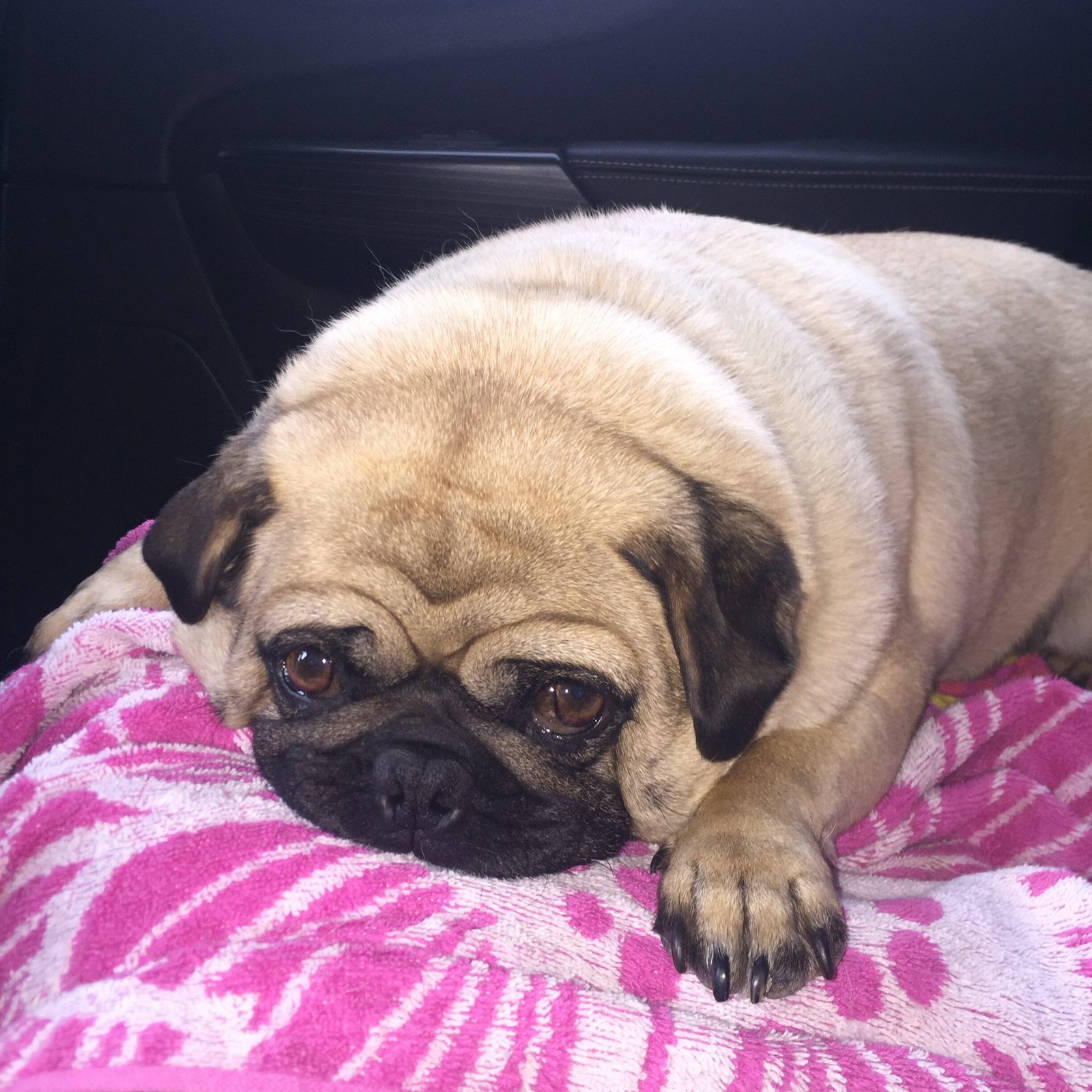
Pugs are sturdy but sensitive. Rough play, excessive squeezing, or intrusive petting can cause discomfort and stress. Teach children and visitors to approach your pug gently, using slow, calm movements. Pay attention to your pug’s cues—if they pull away or seem tense, give them space. Respecting your pug’s boundaries builds trust and ensures that every interaction is positive. Remember, affection should always be a source of comfort, never fear.
Ignoring Their Signals
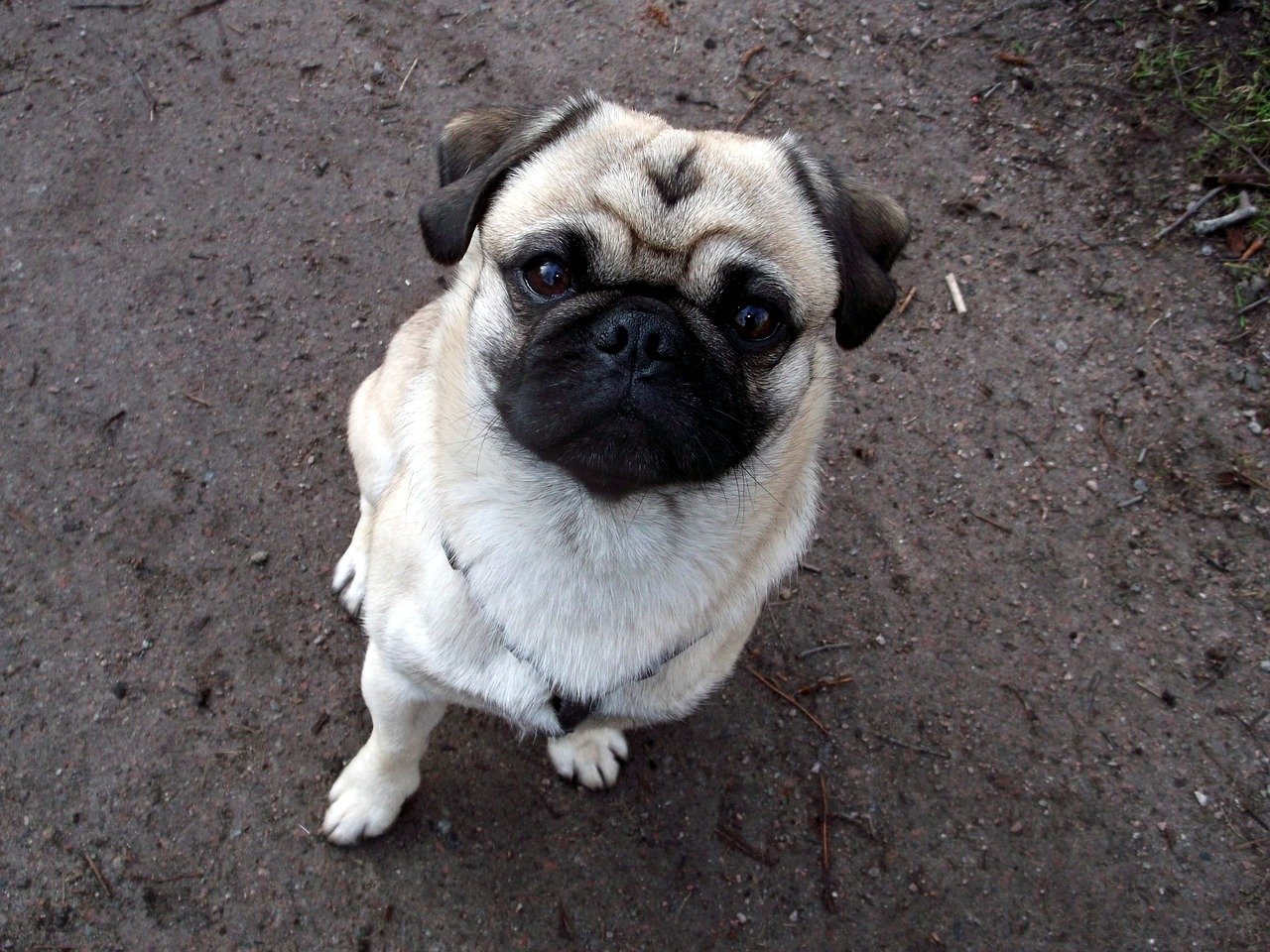
Pugs communicate through body language, sounds, and subtle cues. Ignoring these signals—like turning away, hiding, or whining—can make your pug feel misunderstood and anxious. Take time to observe and learn your pug’s unique ways of expressing themselves. Respond with patience and care, adjusting your behavior when needed. This attentiveness reassures your pug that their feelings matter. Over time, your pug will become more confident in expressing their needs, knowing you’re always listening.
Skipping Daily Exercise and Play
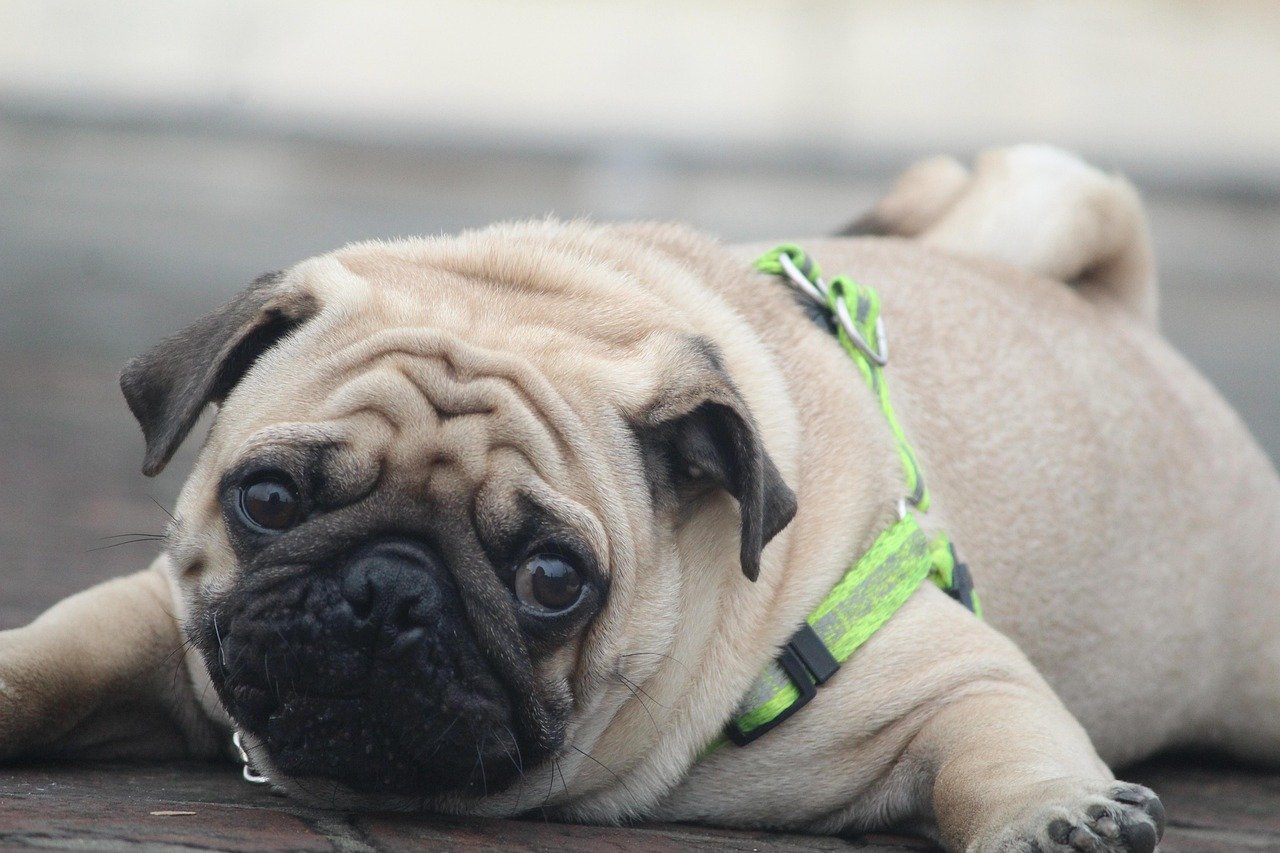
Even though pugs are known for their laid-back attitude, they still need daily exercise and play. Skipping these activities can lead to boredom, frustration, and even weight gain—an especially serious issue for this breed. Make sure to include short walks, playtime, or mental stimulation in your daily routine. If your pug seems restless or destructive, it could be a sign they need more activity. Prioritizing their physical and mental health keeps stress at bay and helps you both enjoy a happier, more balanced life together.
At the end of the day, bonding with your pug is all about creating happy, relaxed moments together. A little playful energy and a lot of love go a long way in making your pug feel safe, loved, and truly connected to you. Just stay mindful of the little things that might stress them out, and you’ll build a bond that’s strong, joyful, and full of tail wags. With the right balance, your pug will not only adore you—they’ll trust you with their whole heart!

Born and bred in South Africa, a Capetonian at heart. Amy-Leigh’s love for nature and animals was inherited from her Dad. He loves taking the family on road trips to experience nature at its finest; Amy-Leigh’s favourite being whale watching in Hermanus and spotting Kudu along the West Coast. Amy-Leigh holds a BA in English Literature and Communication Studies.

